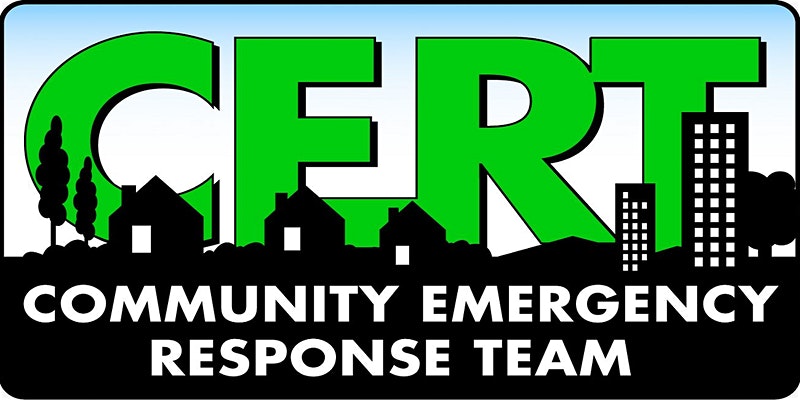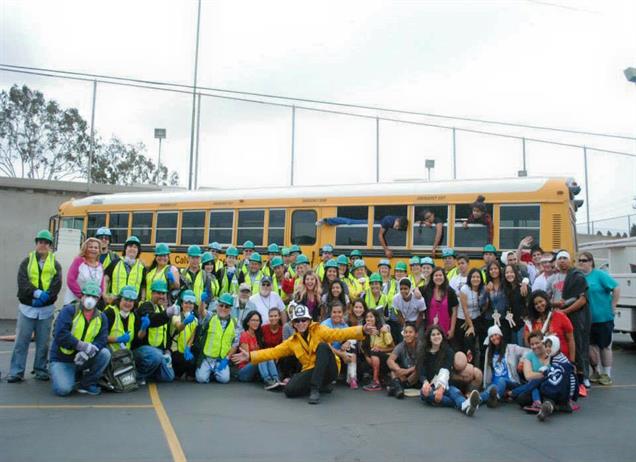Community Emergency Response Team (CERT)

2025 CERT Class
Dates: September 9-November 8
Time: 6:30pm-9:30pm
Location: Eastside Fire & Rescue
1851 228th Ave. NE
Sammamish, WA 98074
Cost: FREE
Registration is now closed for the fall class.
What Is CERT?
Community Emergency Response Team (CERT) training teaches emergency preparedness and disaster response skills to regular people. CERT-trained residents can safely help themselves, their families, and their neighborhoods during major emergencies. In situations when first responders may be delayed, their assistance can be vital.
Why is CERT training important?
People who go through CERT training have a better understanding of the potential threats to their home, workplace, and community. They can take the right steps to lessen the effects of these hazards.
If disaster overwhelms local response capability, CERT-trained residents can provide critical support in their immediate area until help arrives. Once professional responders arrive, CERT-trained residents can provide useful information and support their efforts, as directed.
What does the CERT course teach?
The training combines 20 hours of classroom learning with hands-on training. Instructors include experienced individuals from the Sammamish Office of Emergency Management, Eastside Fire and Rescue, and CERT volunteer instructors.
Preparedness and life safety skills covered include:
- Disaster preparedness
- Light search and rescue techniques
- Disaster medicine
- Fire suppression
- Lifting and cribbing
A realistic, half-day field training exercise concludes the course. This allows students to put all their new skills to use responding to a simulated disaster.
What are the benefits of CERT training?
The CERT course will benefit anyone who takes it. Trained individuals are better prepared to respond to and cope with disasters.
After a disaster, the community may supplement its response capability with auxiliary civilian responders. Civilian neighborhood and business teams can support response efforts and organize spontaneous volunteers without training. They can provide immediate assistance to victims in their area. Information they collect can help professional responders prioritize and allocate resources following a disaster.
Contact: EMSamm@sammamish.us

